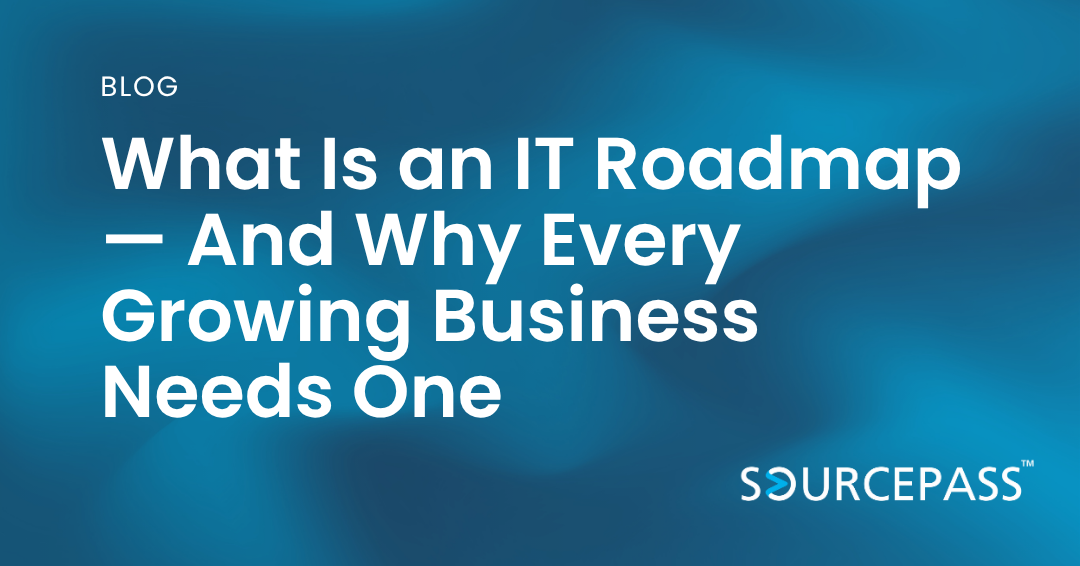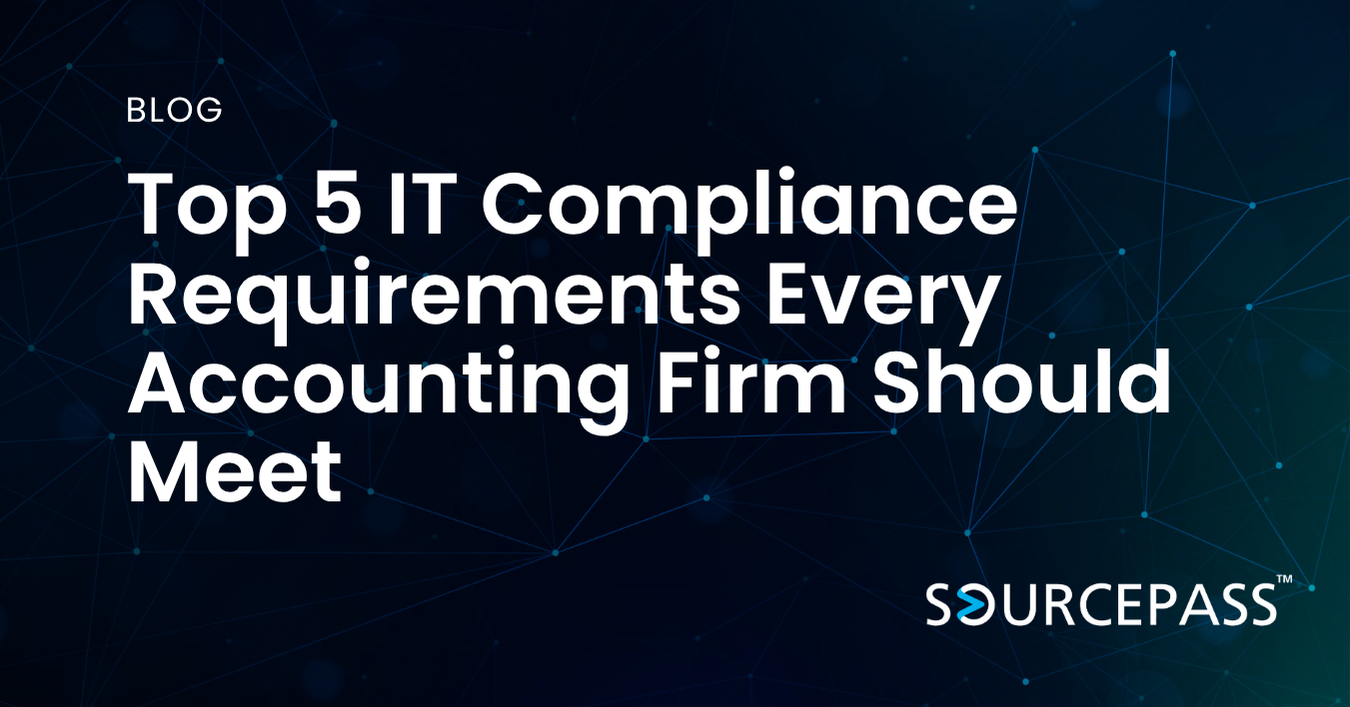What Is an IT Roadmap — And Why Every Growing Business Needs One
Jul 17, 2025 Alex Davis Strategy & Modernization 2 min read



What Is an IT Roadmap — And Why Every Growing Business Needs One
When you're building a business, IT can often feel like a patchwork of tools, systems, and quick fixes. Maybe you bought some laptops, picked a cloud storage plan, found a payroll app that worked, and moved on — understandably, because growth demands quick action.
But as your business evolves, so should your IT. That's where an IT roadmap comes in.
If you're just starting to think strategically about technology, this guide will break down the basics of what an IT roadmap is — and why it's essential to the success of every growing business.
What Is an IT Roadmap?
At its core, an IT roadmap is a strategic plan that outlines how your technology will support your business's goals over time.
It connects where you are today with where you want to go tomorrow, laying out the systems, tools, upgrades, and processes needed along the way.
A good IT roadmap:
- Identifies current strengths, weaknesses, and gaps
- Sets clear priorities based on business goals
- Aligns technology decisions with future growth plans
- Establishes timelines and budgets for upgrades, improvements, and new investments
Think of it like a GPS for your business’s tech journey — not just telling you where you are, but how to get where you want to be, step by step.
Why Every Growing Business Needs an IT Roadmap
Here’s why taking the time to build an IT roadmap — even a simple one — pays off:
1. It Prevents Expensive Mistakes
Without a roadmap, technology decisions tend to be reactive. You might find yourself spending on tools that don’t integrate, upgrading systems twice, or facing costly downtime. A roadmap helps you invest smarter, avoiding tech debt and unnecessary surprises.
2. It Aligns Technology With Business Goals
Your IT should fuel your growth, not hold it back. Whether you’re planning to expand locations, hire a remote team, or offer a new service, your technology needs to scale with you. A roadmap ensures that every tech decision supports your broader business strategy.
3. It Reduces Risk
Security threats, compliance issues, aging systems — these risks increase as businesses grow. An IT roadmap addresses them proactively, planning for cybersecurity, backup and disaster recovery, regulatory needs, and end-of-life equipment replacement before problems arise.
4. It Streamlines Budgeting
A roadmap gives you visibility into future costs, helping you plan capital expenditures and operating expenses years ahead. You’ll avoid the pain of surprise IT costs derailing other critical investments.
5. It Builds Operational Resilience
When technology is organized and intentional, your business runs smoother. Employees can be more productive, customers have a better experience, and your internal operations are ready to adapt to changes in the market.
What’s Included in an IT Roadmap?
Every business’s roadmap will look a little different, but most include:
- Current Technology Assessment: Hardware, software, systems, and vendor contracts
- Business Goals and Needs: Upcoming expansions, new hires, strategic initiatives
- Technology Gaps and Risks: Security vulnerabilities, outdated equipment, system limitations
- Priority Projects: Upgrades, migrations, implementations needed to meet goals
- Timeline and Milestones: What happens first, second, third, and so on
- Budget Estimates: Projected costs for hardware, software, services, and staffing
- Governance: How decisions will be made and who is responsible
How to Get Started
If you've never created an IT roadmap before, here’s a simple way to start:
- Audit Your Current Technology: List your hardware, software, vendors, and IT processes.
- Define Your Business Goals: What are you trying to achieve in the next 1–3 years?
- Identify Gaps: What technology could help you get there, or might hold you back?
- Prioritize Projects: Start with the most critical systems that align with growth or reduce risk.
- Set a Timeline: What needs to happen this quarter, this year, and beyond?
- Review Regularly: Your roadmap isn’t a one-time document — revisit it at least quarterly.
You don’t have to do it alone. Many businesses partner with IT consultants or managed service providers to create roadmaps tailored to their unique needs and budget.
Final Thoughts
Technology shouldn’t be an afterthought — it should be a strategic driver of your growth. Whether you're a startup getting serious about your first hires or an established company ready to scale, an IT roadmap is your blueprint for success.
By thinking ahead, making intentional investments, and planning for the future, you’re not just keeping up — you’re setting your business up to lead.
Subscribe To
Sourcepass Insights
Sourcepass Insights
Stay in the loop and never miss out on the latest updates by subscribing to our newsletter today!
.png?width=500&height=100&name=White%20Logo%20-%20Transparent%20Tag%20(3).png)



